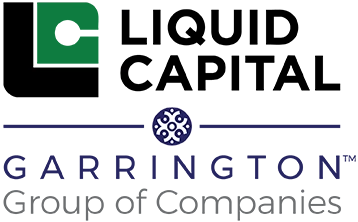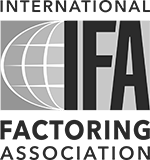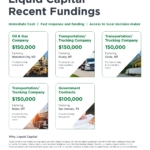Is my money running out? Create a cash flow budget to find out.
Your company’s financial health is top priority, so create a cash flow budget to get immediate insights and reveal details about future success.

Every entrepreneur and business professional would love to have a crystal ball to look into the future of their business. However, if you’re short on future-telling devices around the office, you still have a tool at your disposal that can help — your cash flow budget.
When you create a cash flow budget, you can uncover a lot about the financial health of the company. It can also help you evaluate your goals, opportunities and potential roadblocks. Since the market is constantly changing and cash flow issues can arise at any moment, ensuring you have enough capital to handle whatever comes your way is critical. This is where having an updated cash flow budget can help.
If you’re not currently looking at this type of report, here’s why you need to prepare one and what it can tell you about the future of your business (or your client’s).
Why create a cash flow budget?
A cash flow budget is quite simply a report showing how much money is entering and exiting the business. It shows how much cash you’ll have on hand at any given period of time.
Who should you create a cash flow budget for?
First and foremost, business owners and management will refer to it to understand their cash position and how that aligns with their business health and objectives.
Second, and just as important, a cash flow budget is usually required by any lending partner, since it shows how your suppliers will be paid, how quickly your company can grow and the financial viability of the business.
It can also reveal the potential to declare dividends and increase owner equity, which may be an important aspect for business owners and shareholders.
The ultimate goal is to be cash flow positive: bringing in more cash than is going out.
What does a cash flow budget tell me?

A cash flow budget will estimate your future business income and expenditures, and will help you predict if and when you’ll fall short so you can take proactive measures to avoid those situations.
Once complete, the forecast will give you information on at least seven important points:
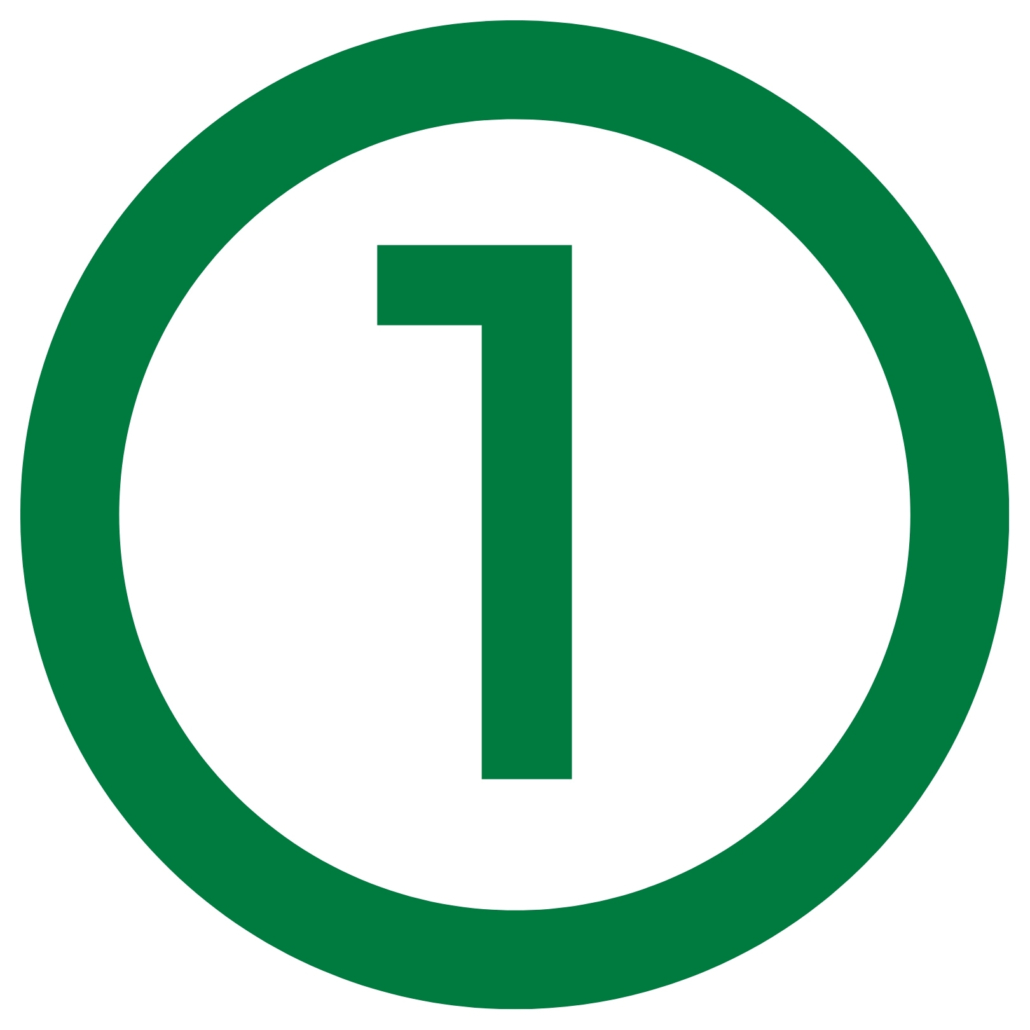 What months you might run short on cash.
What months you might run short on cash.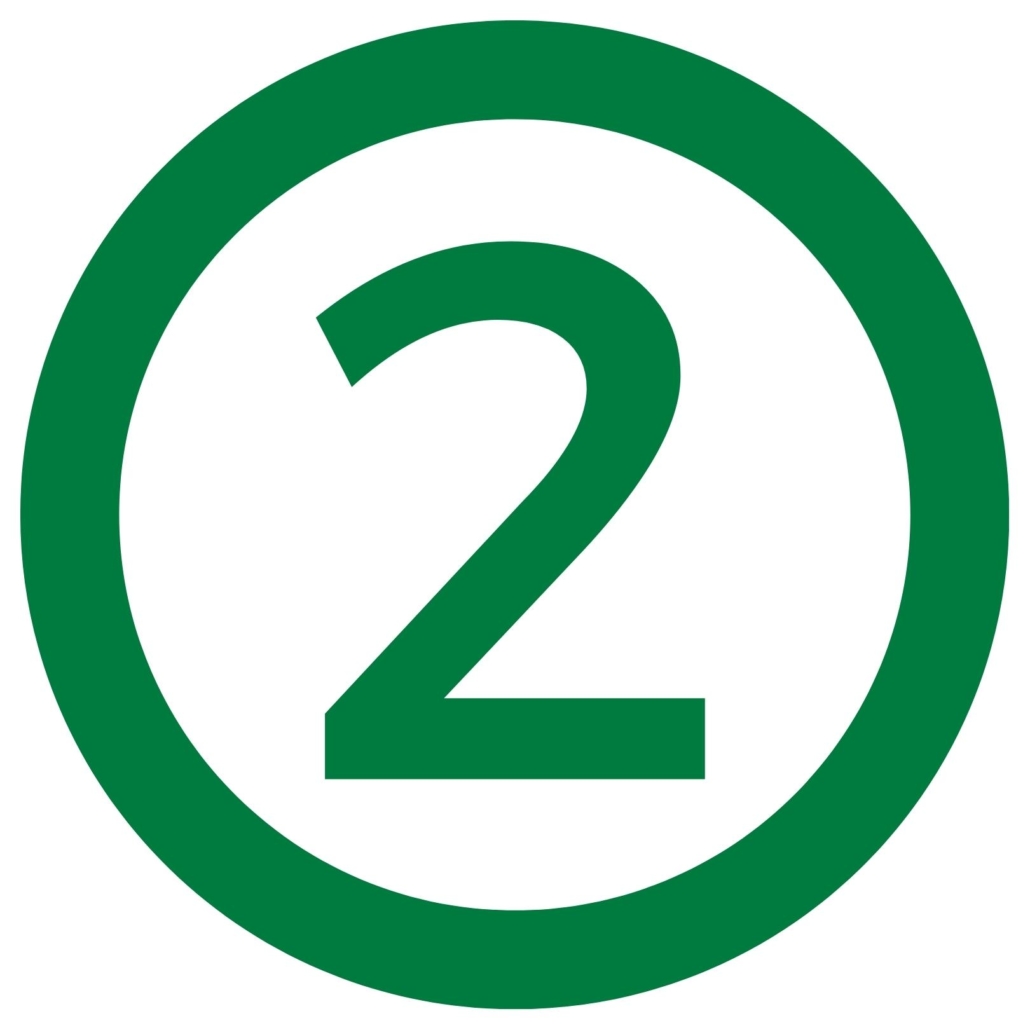 If you have enough cash flow to pay your bills at the end of every month.
If you have enough cash flow to pay your bills at the end of every month. If longer payment terms are potentially putting you in a cash flow crunch.
If longer payment terms are potentially putting you in a cash flow crunch.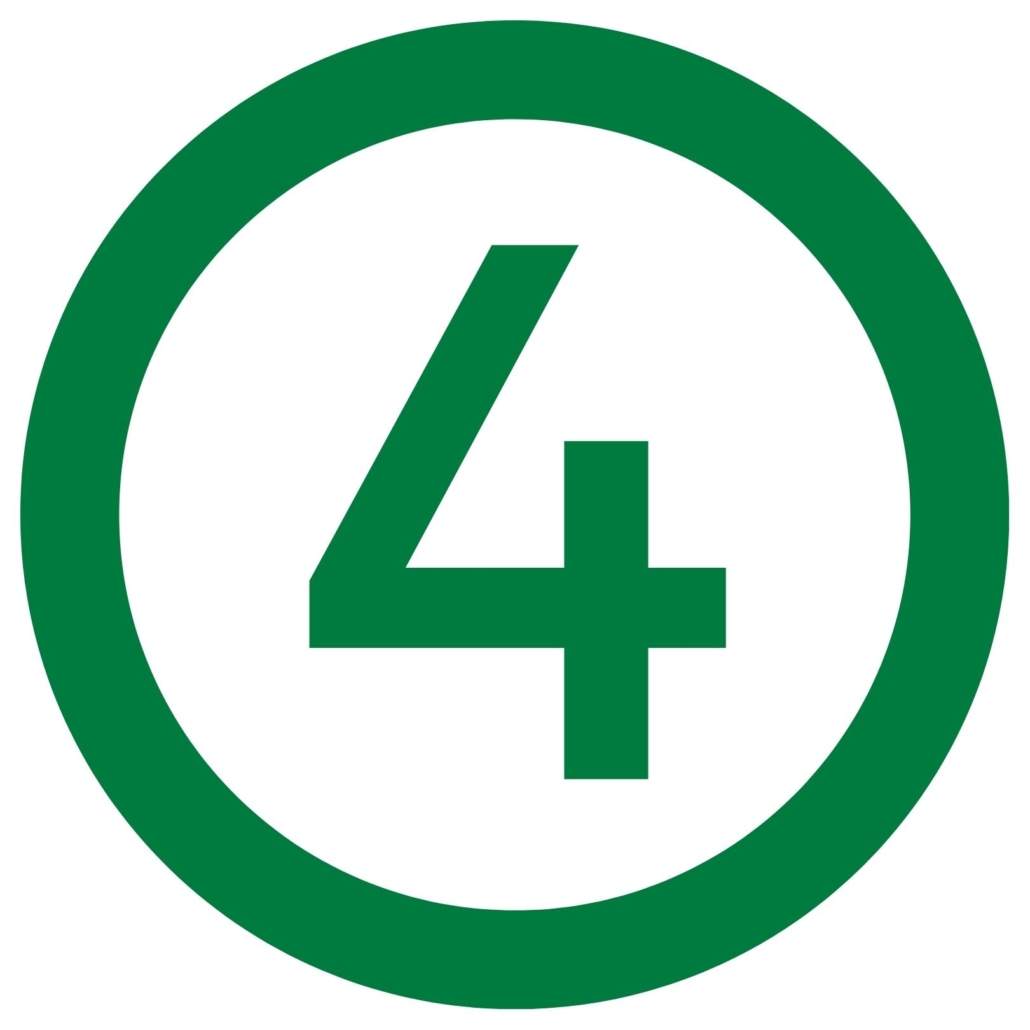 Whether or not you have the right minimum beginning balance for each month.
Whether or not you have the right minimum beginning balance for each month. If there are seasonal fluctuations in cash flow.
If there are seasonal fluctuations in cash flow. If you can take advantage of unexpected supplier discounts.
If you can take advantage of unexpected supplier discounts. If you need to raise capital.
If you need to raise capital.
“I used to hate doing invoicing because I would send off all my invoices and just cross my fingers that they’d get paid. Now, my invoices get paid the day I issue them—I’m in control of my cash flow and able to focus more on growing my business.”
Brett Haskill, President, Performance Repair Services
When you create your cash flow budget, if you notice issues that could be resolved by an increase in working capital, explore invoice factoring and other alternative funding solutions that could help you.
